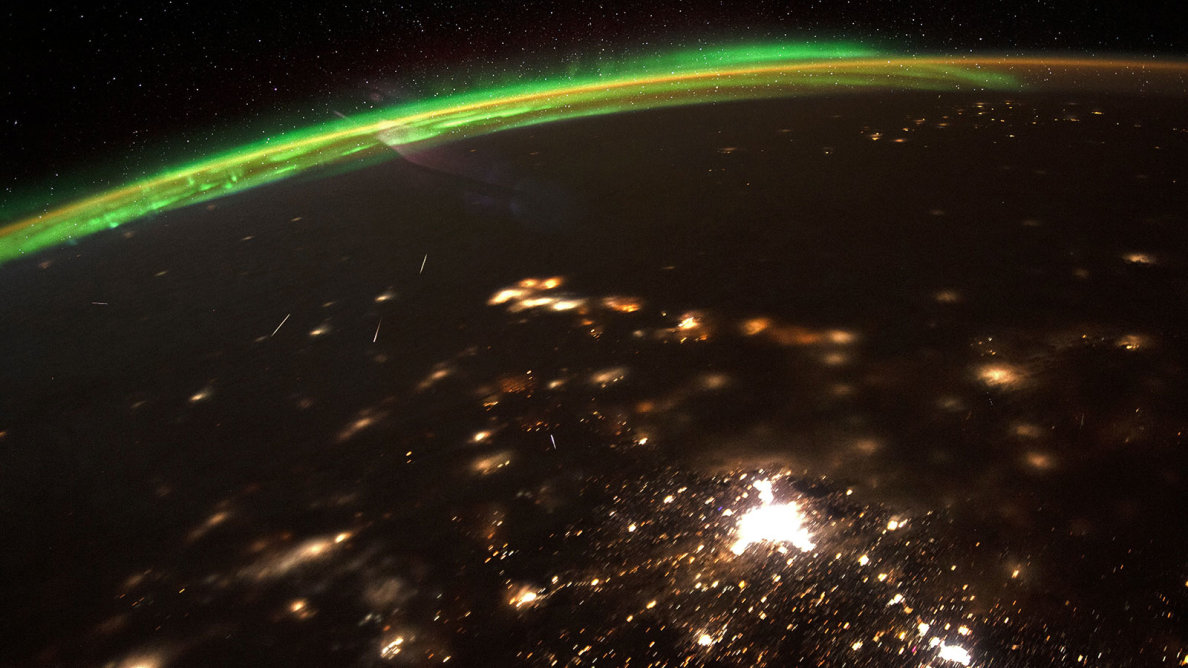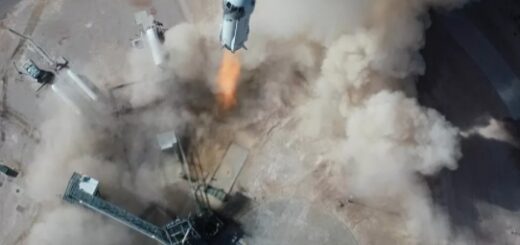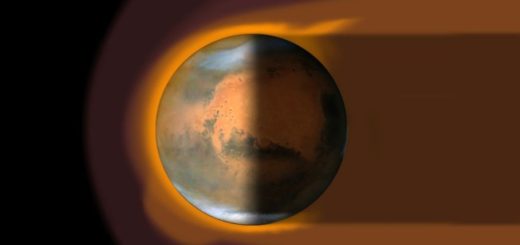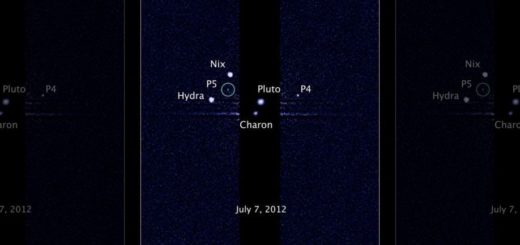Get Ready for the Quadrantids, the First Meteor Shower of the New Year

While many cultures celebrate the start of each Gregorian calendar year with fireworks, there’s a show of celestial pyrotechnics you can watch instead. Though less well-known than some other meteor showers, the Quadrantids occur during the start of the calendar year, and are expected to peak early morning Jan. 3, 2021 (i.e., late night on Jan. 2). Unfortunately, due to a full moon on December 29, these meteors will not be as easy to spot as in other years.
At their peak, the Quadrantids are as active a meteor shower as others during the year including the Perseids in August and Geminids in December. However, most people don’t catch this meteor shower. This is in part because the peak of activity is much shorter than other active meteor showers, typically lasting just eight hours and sometimes in the middle of the day for certain time zones. During this peak window, you may see as many as 120 meteors per hour.
Due to the expected timing of this year’s short peak in activity, the best viewing prospects will be in Eastern Asia; those in North America will see increasing activity the night of January 2-3, and viewers in Europe have the best prospects on the evening of the 3rd. Those in the Southern Hemisphere aren’t likely to see it because its radiant (the point in the sky from which the Quadrantids appear to come) is very far north.
Meteor showers are leftover icy debris from comets; as Earth orbits the sun, the planet comes into contact with this debris, which burns up on entry into Earth’s atmosphere, producing a visible shower of meteors.
The source of the Quadrantids meteor shower was a mystery for most of the past two centuries this meteor shower has been observed. It is hypothesized that the Quadrantids are a relatively young meteor shower, beginning within the last 500 years. Originally, scientists thought it was possibly related to a comet originally observed by Chinese, Japanese and Korean astronomers (now called C/1490 Y1). Some astronomers believe that this comet, now recognized as the asteroid 2003 EH1, may be the source of the Quadrantids.
Adding to the mystery around this meteor shower, the constellation this shower is named for is now obsolete; the constellation Quadrans Muralis was created in the late 18th century but absorbed into the constellation Boötes (The Plowman) in the early 20th century.
To spot the Quadrantids, look for the Big Dipper in the sky. Following the “handle” of the constellation, you can see the origin point for most meteors in the space between the final star and the constellation Draco. Another way to spot the Quadrantids is by looking for the orange giant Arcturus, the fourth-brightest star in the night sky. Arcturus is part of the Boötes constellation, guiding you to spot from where these meteors appear to radiate.



 Creators of mankind
Creators of mankind Description of “Tall white aliens”
Description of “Tall white aliens” Where they came from?
Where they came from? About hostile civilizations
About hostile civilizations The war for the Earth
The war for the Earth “Tall white aliens” about eternal life
“Tall white aliens” about eternal life Video: “Nordic aliens”
Video: “Nordic aliens” Aliens
Aliens Alien encounters
Alien encounters The aliens base
The aliens base UFO
UFO Technology UFO
Technology UFO Underground civilization
Underground civilization Ancient alien artifacts
Ancient alien artifacts Military and UFO
Military and UFO Mysteries and hypotheses
Mysteries and hypotheses Scientific facts
Scientific facts


















